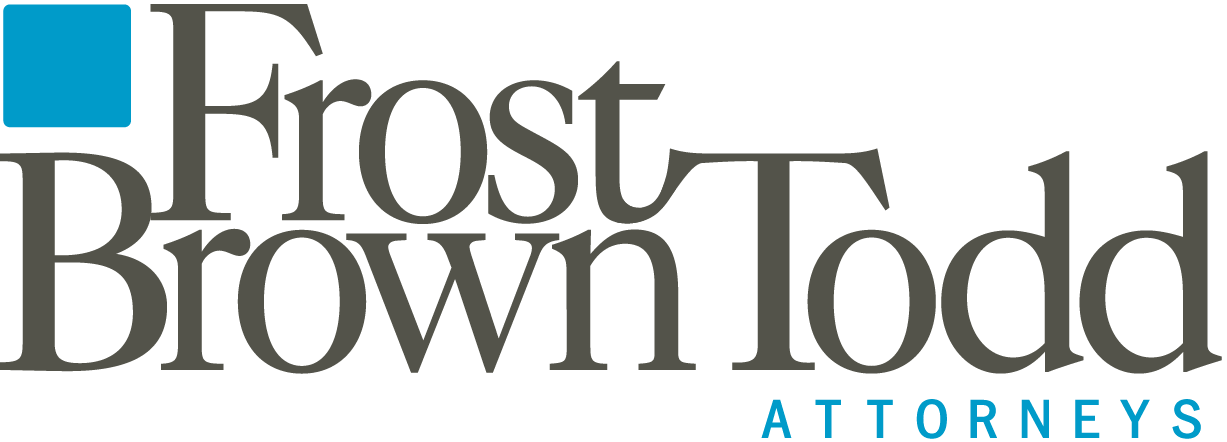On May 9, the EEOC issued a resource document on employer-provided leave as an accommodation for disabled employees. The guidance should pique the interest of employers. As I noted in a previous post, EEOC data shows a significant increase over the past few years in charges of disability discrimination. In this guidance, the EEOC reminds employers to consider offering leave as a way to avoid lawsuits.
Equal Access to Employer-Provided Leave Policies
Many employers that provide personal days do not require a reason to take it. According to the EEOC, employers with this type of “open” leave policy should not add requirements or limits just because an employee requests the time off for a medical reason. If an employee has personal days available and wants to use them to accommodate a disability, the company should allow it. Do not force the use of other types of time off like sick leave.
Leave Beyond the Policy
An employer’s obligation to provide leave to a disabled worker does not stop when the leave the company provides under its benefit policy runs out. Disabled employees may in fact be entitled to unpaid leave after they have exhausted employer-provided leave, so long as it “enables an employee to return to work following the period of leave.” Likewise, employers should consider offering unpaid leave as an accommodation after an employee’s FMLA runs out, or even if the employer does not offer leave at all. As the EEOC puts it: “The purpose of the ADA’s reasonable accommodation obligation is to require employers to change the way things are customarily done.”
Communication During the Accommodation Process
When an employee requests leave beyond what the company typically provides, the response should not be a definite yes or no. Rather, the company should immediately start an interactive process with the employee to determine what if any accommodation the employee is requesting. Part of that process is asking the employee to provide information from their health care provider about the need for additional leave.
Even if leave is granted, employers should keep the dialogue open. If the employee requests more leave after what was initially granted, employers can ask for more information from the employee’s health care provider. In the guidance, however, the EEOC does caution employers to avoid asking for updates from the health care provider during any fixed period of leave given. For example, if an employee needs three weeks off for surgery, do not ask for more information from the doctor one week in. It is okay, however, to call and ask the employee how they’re doing.
Are Maximum Leave Requirements OK?
Some employers have “no fault” leave policies, capping the amount of leave or absences permitted no matter what the reason. Having a “no fault” policy is not against the law. But if an employee with a disability requests time off in excess of the cap, the interactive process is required. Employers may end up determining that an employee’s request for an exception is still too much to bear. But employers should be sure to engage in a dialogue with the employee to understand the need for the leave and whether or not it can be accommodated.
The most important point here (and throughout the guidance) is to not put the company’s leave policy on auto pilot. There’s nothing wrong with a no fault policy. But if the company sends an auto-generated form letter on the last day of the capped leave, it should consider including language encouraging employees with a medical issue to request an accommodation if they cannot return.
Return-to-Work Issues
Often employers ask employees returning to work after medical issues to certify whether they are 100%. The question is not the problem. However, telling an employee they’re not welcome back unless there are no restrictions can be a problem. Hesitant employers should consider: 1) does the employee’s restriction pose a direct threat safety, either their own or others? and 2) is accommodating the restriction an undue hardship? Employers may answer yes to either. But failing to make these determinations and communicate with the employee can run afoul of the ADA.
Reassignment as Reasonable Accommodation
If the employee is coming back with restrictions or if granting continued extensions of leave is posing an undue hardship, employers may need to consider reassigning the employee to another position. Employers, however, are not required to give the employee a promotion, bump another employee from a job, skip seniority to award an open position, or create a new position.
Indefinite Leave Is Still A Non-Starter
Sometimes an employee cannot give a hard return date when requesting leave. This is not the same as a request for indefinite leave. If, for example, the employee needs surgery and believes they can return but is not sure when exactly they can return, or their doctor says more time is needed to evaluate when the employee could return, employers cannot throw up their hands and simply say, “Unreasonable!” Employers can, however, consider whether the lack of a hard return date is an undue hardship. And it may very well be. But the analysis needs to happen.
That said, if the employee cannot say whether they can or cannot ever return to work, the EEOC takes the position that this is a request for indefinite leave. Such a request is automatically unreasonable.
Implementing an ADA accommodation program is not easy. It takes patience, constant communication, and sometimes a little advice.
Click here for full text of the EEOC’s guidance.
To view the original article: EEOC Emphasizes Leave Under ADA
